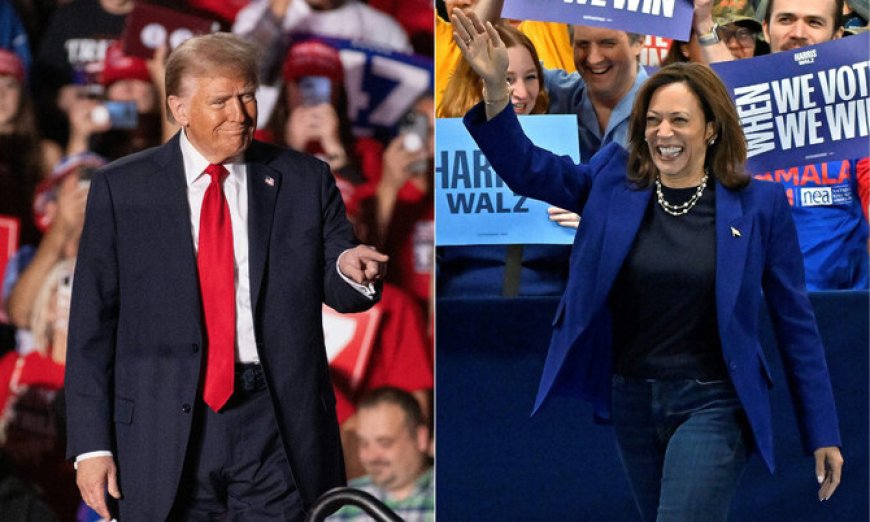Win the Vote, Then Still Lose Dealing with America's Electoral College

Once more, the Electoral College—a mechanism that can result in a candidate winning the presidency while losing the popular vote—is under focus as the United States gets ready for the crucial presidential contest on November 5, 2024.
Though Hillary Clinton obtained almost three million more votes nationally, Donald Trump shocked the political scene by defeating her in 2016. Both locally and abroad, this oddity has left many wondering about the equity of a system allowing the candidate with less votes to take office.
A candidate for the White House has to get at least 270 of the 538 Electoral College votes. Many states tilt strongly toward either the Republican or Democratic parties, hence politicians usually concentrate their campaigns on a few strategically important "swing states" that might tip the scales of the election. Consequently, during campaigns, bigger states like Texas and California sometimes get less attention.
Established by the U.S. Constitution in 1787, the Electoral College was meant to be a compromise between direct popular votes and Congress-run elections. Particularly in light of Trump's divisive 2016 triumph, this indirect voting approach has spurred constant discussion. Not one of the hundreds of suggested changes to either modify or eliminate the Electoral College has been adopted.
The function of electors
Usually local authorities or party leaders, electors are the people who vote on behalf of their states. Every state has two senators in addition to the House of Representatives members, therefore determining its number of electors. For example, California enjoys 54 electors whereas smaller states like Alaska and Wyoming have just three. Fascinatingly, albeit without congressional representation, the District of Columbia also gets three electors.
With Nebraska and Maine excepted since they distribute some electors by congressional district, most states grant the candidate with the most votes all of their electors.
Previous Examples and Modern Conventions and Implications
Not the first time a candidate has won the presidency without the popular vote, Trump's 2016 triumph—securing 306 electoral votes—was Five times in American history, this phenomena has seen major occurrences including George W. Bush in 2000 and John Quincy Adams in 1824. In the later case, Al Gore lost the presidency even though he obtained about 500,000 more votes across the country because of a divisive Supreme Court decision assigning Bush electoral votes.
Although voters in their states are normally expected to vote in line with the popular vote, the Supreme Court decided in July 2020 that states could punish "faithless electors" who stray from this expectation. But none of any election result has ever depended on the behavior of absentee voters.
On December 17, 2024, electors from each state capital are expected to meet to vote for vice president and president. First Tuesday following the second Wednesday in December, this process takes place; then, on January 6, 2025, the Congress certifies the electoral votes.
Given the events of January 6, 2021, when a crowd tried to interfere with the certification of Joe Biden's election, Kamala Harris, the present vice president, will be especially under close inspection this year's certification procedure.
The Electoral College, which emphasizes the complexity and difficulties of the American voting system, continues to be a hot topic of discussion as the 2024 contest approaches. Whether Trump or Harris wins, the issue still stands: can a politician really say they reflect the will of the people when the popular vote might not control the result?













































